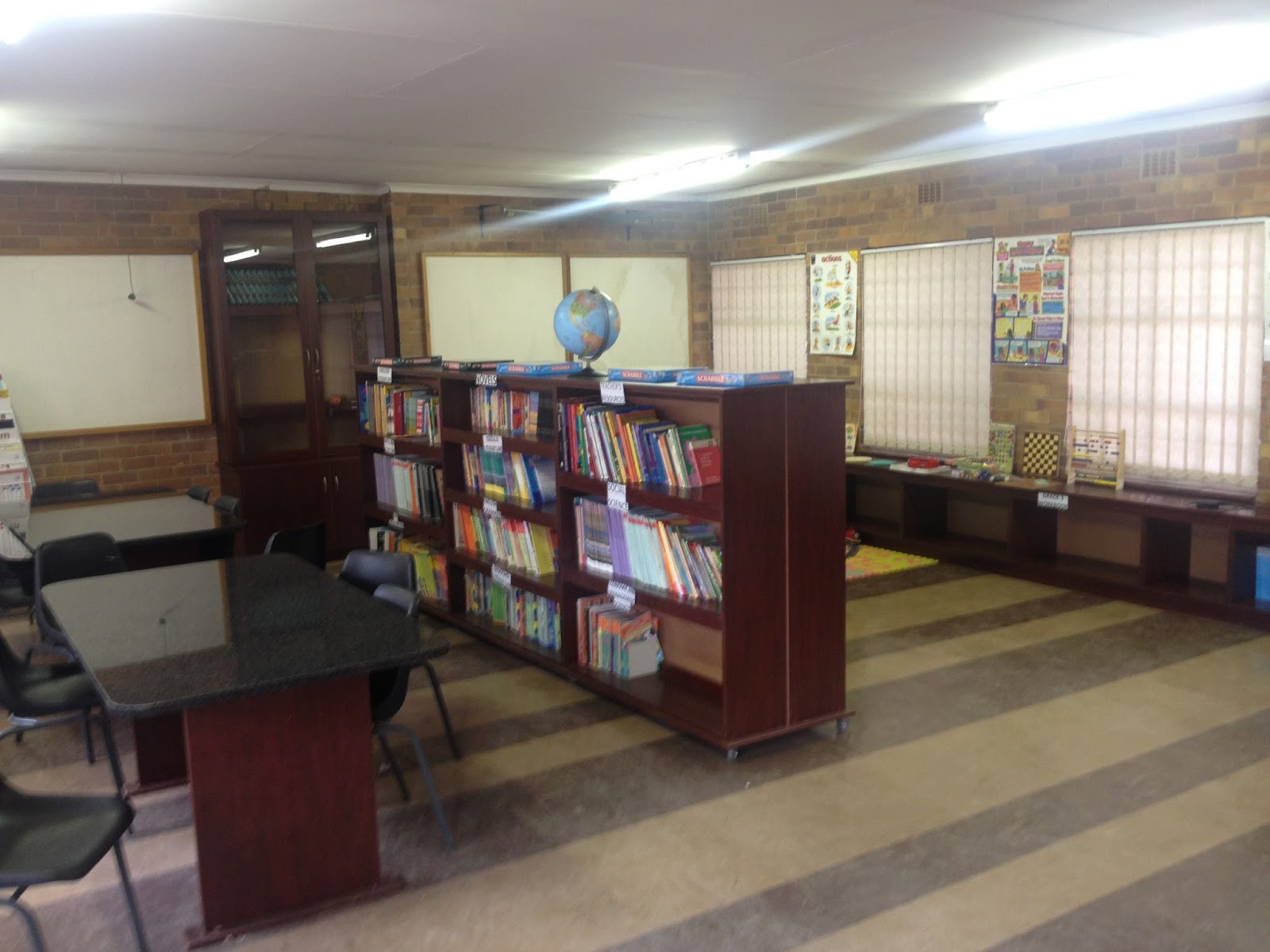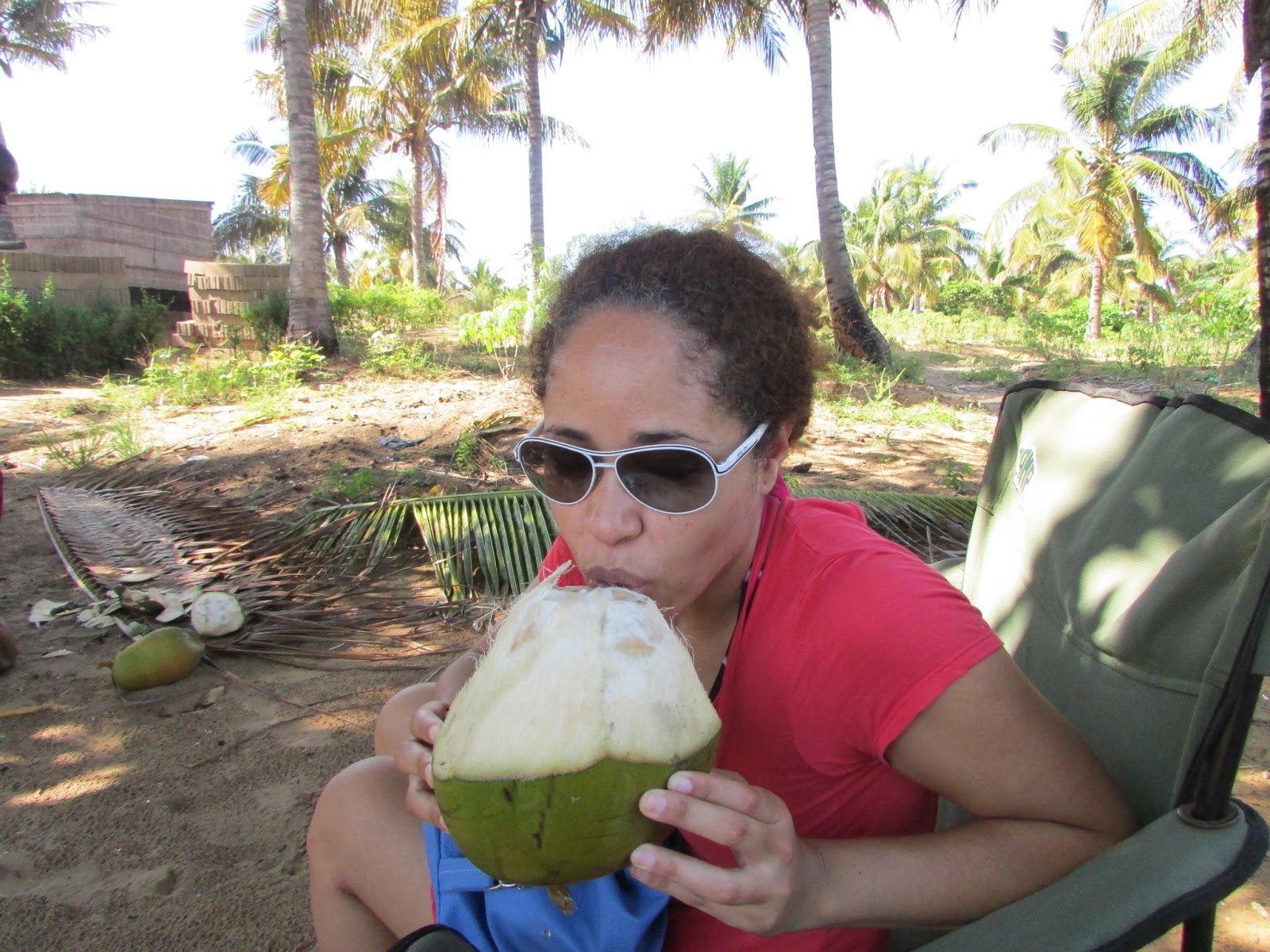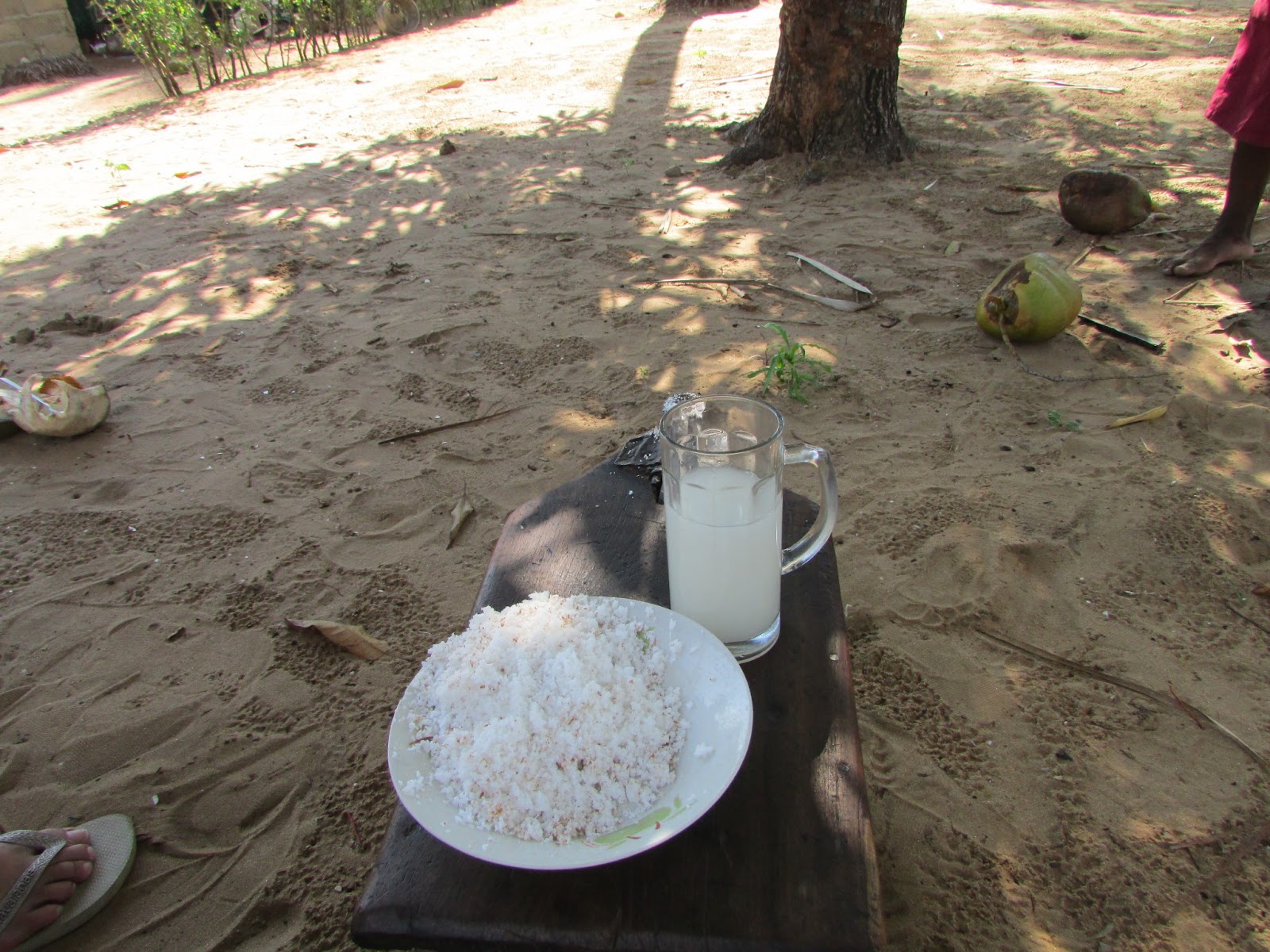Week 20: Addressing Language, School Reports, and Pilanesberg Game Reserve
 |
| Pilanesberg Game Reserve Crew |
 |
| Sunset at Pilanesberg Game Reserve |
After my rejuvenating weekend in Mozambique I jumped back
into work early Monday morning after dropping Kim off at the hop on hop off
bus. My office continued to have students lined out the door even though I had
submitted their grades the week before. In addition to preparing reports for
each of the schools I was working with in Soweto I had agreed to speak at
Professor Makalela’s class on “Paradigms and Methods in Applied Language
Studies” at Witwatersrand. The class was designed for honors and masters level
students to reflect on research-based theories and practices concerning
language acquisition, development, and instruction. Prof. Makalela and I spoke
at the Teachers Upfront event in April on Multilingualism and Biliteracy.
 |
| Baby Hippo in the sunshine in Pilanesberg Game Reserve |
As common, there were issues with technology…so I began
class as the professor went looking for an LCD projector (the person with the
remote from the university had already left and we so we were not able to use
the one in the room). I had seen the students’ syllabus and noticed they had
been exposed to theories, language variations, and policy so I focused on
practices when working with language learners. I had the group work in pairs
and try to figure out the different diverse learning tasks (emotion pictures,
cloze story about Harry Hippo ____ the ____, and explain themselves without
using words with certain letters). Then I reviewed some of the sections of my
presentation from the Teachers Upfront. For the best practice section of the
this presentation I had the students go through the chapters of the SIOP Model
book (Echecarria, Vogt, & Short, 2013). Pearsons Publishing provided copies
for me to bring to South Africa and I have been leaving the textbook at schools
and universities because of its helpful strategies.
 |
| Honors and Masters Students at Wits University |
We spoke about cooperative learning groups…one of the
students was concerned about homogenous groups, especially if they were all low
level learners. I explained that no one strategy worked all of the time and
that stigmatizing learners was never effective, however, allowing students who
struggled or excelled in similar areas work together could be a powerful tool
for explicitly teaching skills. After our discussion about groupings
(interactions), we spoke about specific strategies for increasing learning and
retention. There was of course not enough time but I did scan and send the
information to the students afterwards (okay, actually I had tried to scan and
provide handouts, but I found out my scanning skills are lacking and a few
pages were missing, so I had to rescan and email them the next day-ugh).
After class I met up with Cristines and Kim for dinner.
Cristines works downtown and so Kim got off the hop on hop off bus near her
work because I was teaching the afternoon class. Thank goodness for good
friends! We enjoyed a delicious bottle of pinotage that evening, Deetlefs. Pinotage
is the South African take on pinot noir, but because of the temperatures in
wine so they crossed the pinot noir and the cinsaut (hermitage) grapes to
create a delicious wine (most of the time). The bottle we drank this night was
from Cristines and my trip wine tasting when Lesotho wouldn’t let a Brazilian
into the country.
May 21st- Time is going by so quickly. I was glad
I made it to work fairly early because I had a full day of planning and writing
to complete. There was a luncheon for one of the lecturers who was leaving UJ
for another job. It was kind of emotional to be in the luncheon because this
lecturer isn’t one to cry and she was so overwhelmed with gratitude she
couldn’t speak. I was thinking this place and the people at UJ seem to have a
stronger hold on us than we would expect…my eyes got a bit glossy as well.
I gave part two of the professional development seminars to
the school Funda Ujabule in the afternoon. The topic was barriers to reading.
We quickly reviewed sections of reading and possible factors that could
indicate barriers for each component:
phonemic awareness, decoding, vocabulary, fluency, and comprehension. We
talked about the three sections of the brain used in reading: the frontal lobe with helps with
understanding/semantics; temporal lobe for auditory processing; and visual
cortex for visual processing/orthography.
A discussion about code-switching and translanguaging as educators and
with students- here in South Africa, most teachers, students, and families
switch from one language to another with ease…although this provides more
exposure to languages it can be confusing for students who are expected to
learn in their mother tongue until 4th grade and then learn mostly
in English (matric test given in English). We spoke about how learners can
struggle with sounds, meaning, and fluency when they haven’t gotten a strong
grasp of one language.
The teachers asked specific questions about how to
explicitly teach skills and still work with learners who already knew the
skills, especially with students with dyslexia. They agreed that assessment was
important but they were not sure how to fit assessment into a full day. I went
through some examples of how you can teach to the whole class but analyze work,
individual reading, and barriers while moving through the classroom. Also,
Funda Ujabule has a special circumstance because they are a university teaching
school, therefore, they have access to preservice teachers to help them in
assessing and working individually with students. We finished with the teachers
creating two mini-lessons: one in the mother tongue and one in English
including assessments.
That evening Kim learned to make quinoa salad and somewhat
seared tuna, my friend Thiago came over for dinner and we all enjoyed the
fruits of Kim’s efforts.
I completed all three reports for the schools I am working
with Soweto: a special school, a
secondary school, and a primary school. The offering for each site was slightly
different based on the interviews, surveys, and observations made at the site.
My original plan was to meet with the schools in the first two months of my
Fulbright, however, due to various issues (schools not having time because of
testing, principals calling back, etc) this did not happen. For two of the four
schools in Soweto I met with the principal and head of departments in February
and asked for their staff to complete the survey and I would return to pick
them up. One school lost the surveys and asked me to come back in late March,
however, I was in Cape Town and Richard’s Bay until the end of April. The
second school did not return my phone calls so I just stopped by. I found out
that the one of the heads of department was not in the initial meeting so she
told the teachers not to complete the survey. I met with her and told her my
plan for support, she said she would have the surveys ready by the next Friday.
By May 15th I had finally received most of the surveys, interviewed
school staff, and in some sites observed teaching. Based on this information I
wrote a report using the survey results, interviews, observations, and school
documents they provided followed by a description of how I felt I could support
the school best. On May 22, I presented the reports to each of the schools.
School 1 (School for students with special needs): Out of 38 teachers teaching 440 students, 17
completed the survey. The school’s languages include English, isiZulu, and
Sesotho. Most of the teachers have taught for over 7 years, they felt that have
been properly trained in inclusive practices, and they felt knowledgeable about
visual, auditory, physical, and emotional challenges…however, they all agreed
they would benefit from additional training. This school reported that they utilizes
differentiation of instruction, visual aids, assistive technology, and relevant
teaching practices. They have informational workshops on life skills and
support groups for teachers and parents. Because their students come from all
around Soweto, they didn’t feel like they have as much support from the
community as they like, but they do feel like they have been able to give back
to their community with informational workshops. They asked for a workshop on
practical strategies, teacher empowerment, and community involvement. My offer included writing a grant for their
library and 2 workshops on inclusive strategies and assessing learners. I scheduled a day the next week to return
for a 2-hour workshop.
 |
| School II Library |
School 2 (Secondary School- grades 8-12): This school has 44 teachers teaching 1,141
students in English, isiXhosa, Sepedi, and Sesotho. Ten teachers completed the
survey, however, more allowed me to interview them about the school in a group.
The teachers who completed the survey have almost all taught over 7 years. The
teachers felt they had not been trained in inclusive practices by their
credential program, school, or outside agencies. They had not been trained in
the last year and they said they were not at all confident in their
understanding of visual, auditory, physical, or emotional issues. Although they
reported remedial classes, differentiation of instruction, tutoring, and
teacher support as available, many of them said student, life skills, teacher,
family, and community support was limited and inconsistent. They asked for more
training and workshop materials on inclusive practices. My offer included writing a library grant, providing assessment
materials (reading, writing, and math) and training on how to assess learners,
and working on postsecondary transition plans for students. I said I could
return for two workshops. The school thanked me graciously and the head of
department said she would give me a call once she spoke to her department about
when to return.
 |
| School III Library (with volunteers) |
That afternoon (after a 20 minute meditation to clear my
head), I took Kim to Rosebank mall African Market. We then met up with Michelle
at an event for GreenPeace…although they mentioned the damage American
companies cause all around the world, they also said there was hope because
some of the big companies had recently stopped production. They also highlighted
the France’s damaging use of nuclear energy.
May 24- My lovely assistance, Nthabiseng, came in and helped
with data input until after dark and so I agreed to give her a ride home…my
darn phone gps system died while I was weaving my way back through Soweto in
the dark. Thank goodness I have a pretty good sense of direction, I was able to
find my way home. Kim, Cristines, Diana (lawyer from New York), and Constantine
(German) met at Bassline for a concert for Africa Day. Both Cristines and I
were exhausted and Kim and I were going to Pilanesburg the next morning so we
left the show early.
 |
| Memorabilia at our hotel "Anglo-Boer War theme" |
Pilanesberg: Thiago
drove Kim, Agata, and I up to Pilanesberg for the night. We scheduled a tour
into the Pilanesberg Game Reserve and Sun City (large casino everyone in South
Africa insists needs to be visited). The tour began by going to Predator
World…not a stop I would have made on purpose, but it was informative. Our
guide at the park/zoo told us about porcupines (they can’t actually shoot their
quills) and gave the ladies a quill to take home- I have no idea where mine
went or what I would do with it if I knew. There were two leopards that were
enclosed together because it is mating season. The female is darker than the
male…they “mate” for 30 seconds many times throughout the day then return to
their respective spaces.
One of the saddest things we learned was about jackals. They
mate for life and if their partner dies they usually die from a broken heart
because they are monogamous.
There were Bengal Tigers, Pumas/Mountain Lion, and White
Lions in the park as well. The White Lions’ life span is about 7-10 years,
however they often die of starvation because of their light coat. I did like
the fact that the men take care of the pride…they babysit.
On the game drive through Pilanesberg National Park we were
able to see giraffe, zebras, elephants, and ostriches. The most exciting part
was the group of White Rhinos.
 |
| White Rhinos |
Some tidbits of information I learned are: 1)
one kick from a giraffe can kill a lion, 2) they brought 80 ostriches to the
park two years ago, there are only 50 left, and if they don’t reproduce soon
they won’t survive.
 |
| Game Drive |
After the park, our driver took us to Sun City for dinner.
Sun City is a large casino where there was just some controversy because the
ANC (government) allowed the Guptas (Indian family highly invested in South
Africa) to close part of the casino, land a plane on the military airport, and
close roads for a wedding. The next morning we went back to Sun City to check
out the wave pool, but it was closed for the day. We headed to the Lion and
Rhino park but ended up near Hartsbeespoort Dam at a roadside attraction for
Afrikaners- beer, large portions of meat, motorcycles, and a cover band.











































 When we returned from the village walk we only had a short time before our scheduled “sunset cruise.” The cruise left from the bay and took us around the area where they were fisherman bringing in their haul for the day.
When we returned from the village walk we only had a short time before our scheduled “sunset cruise.” The cruise left from the bay and took us around the area where they were fisherman bringing in their haul for the day. 










